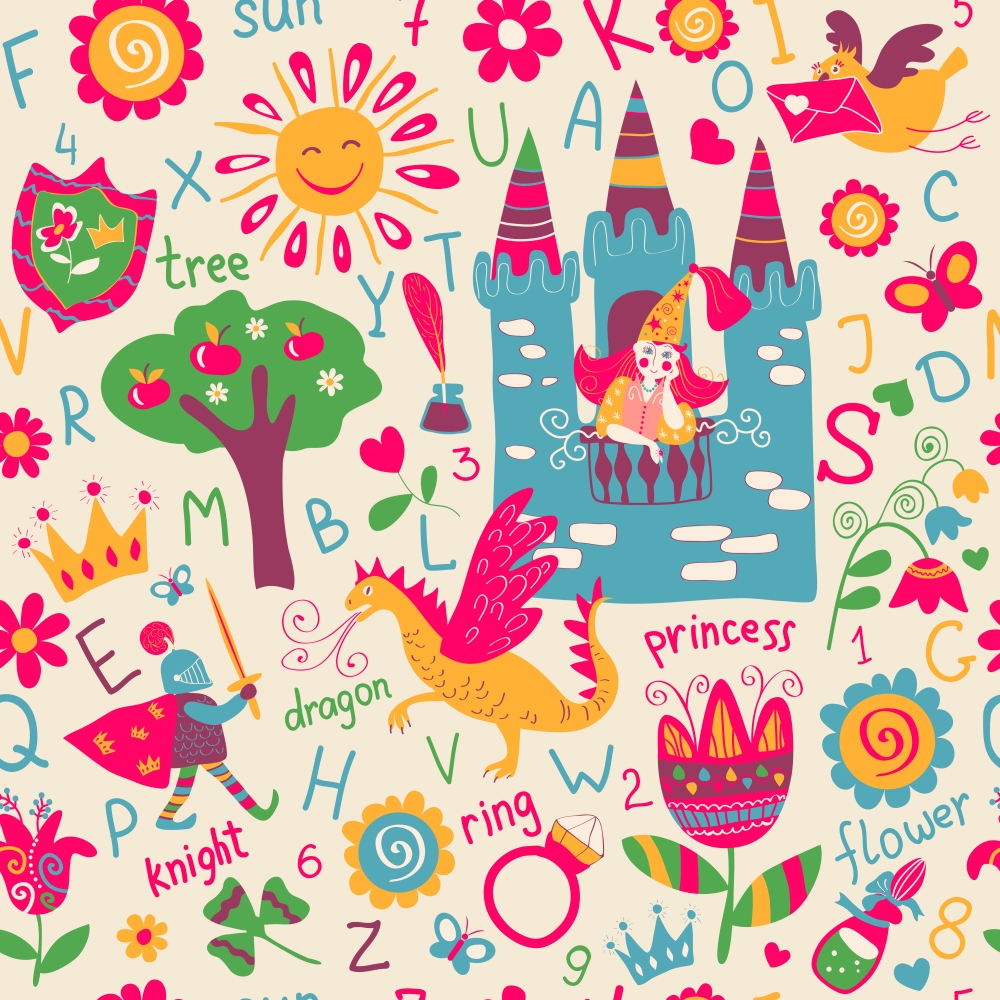Kidspace treasures our little ones. We provide a supportive classroom environment. And we love their enthusiasm for learning and the wonderful way their eyes — and their minds — open wide when they have “a-ha” moments along the way in their learning journey.
Our core beliefs, embedded within both our overarching philosophy of education and the specifics of the KIDSPACE Child Enrichment Center curriculum, mirror what we have found to be an absolute truth: Children are strong and capable.
With that in mind, we’ve created a program of education, activity, and exercise that motivates students and recognizes the vital role that the classroom experience itself plays in their nurturing.
At KIDSPACE, everything has been designed with beauty and exploration in mind. Lessons and activities involving students are organized with a firm purpose: to provide a positive learning environment rich in interaction and caring.
We thought it would be a good idea to share some of the things we’ve learned during our long career as educators. These are the things we consider to be the essential elements of a supportive — and thus highly effective — classroom environment.
10 Ways To Create A Supportive Classroom Environment
- Treat the classroom environment as a “third teacher.” Construct a classroom for supporting students and providing opportunities for students to reach their full potential.
- Teach children that they are strong and capable. Whether in a small group of students or in one-on-one instruction, we want to make students feel empowered.
- Students learn best by doing. Teach children to be active participants in the classroom.
- Create student work and student experiences that they’ll see reflected in real-world experiences. Emphasize the development of strong social and executive function skills. Help them understand that mistakes are opportunities for growth and an essential part of learning.
- Provide opportunities for movement and exercise. This helps stimulate brain growth and development and helps a young child’s mental health.
- Teaching and learning should include a celebration of language, through both music and prose.
- Document and recognize student achievement.
- Celebrate the family and culture.
- Make learning joyful through play and activity — i.e. “hands-on” learning.
- Make sure children feel safe, secure, heard, and respected.

 Schedule Tour
Schedule Tour